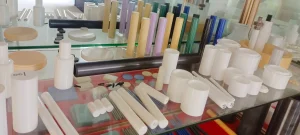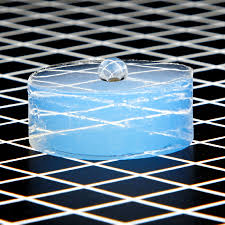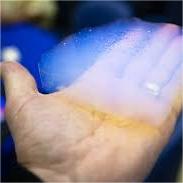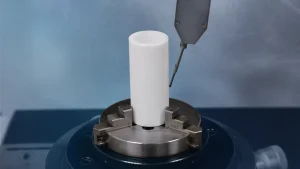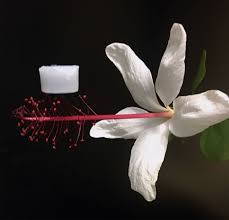Professional industry ceramic supplier, silicon nitride, silicon carbide, aluminum nitride and any other kinds of ceramics.
1. Introduction
Just 24 hours ago, a major materials science conference in Germany highlighted breakthroughs in high-purity silicon carbide manufacturing, underscoring its growing dominance in both industrial and consumer ceramic applications. With global demand for heat-resistant, chemically inert materials surging—especially in semiconductor and metallurgy sectors—silicon carbide crucibles are stepping into the spotlight like never before.
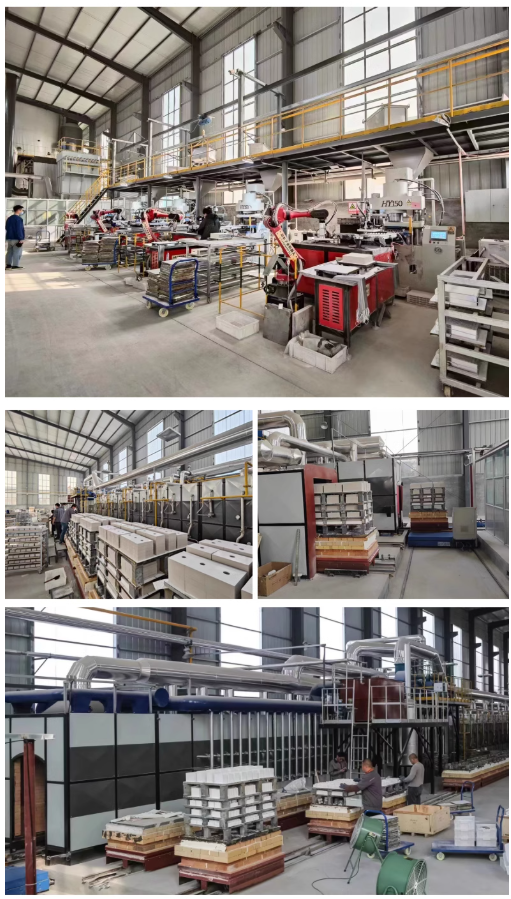
Whether you’re an engineer sourcing labware, a chef eyeing durable bakeware, or a manufacturer exploring refractory components, understanding silicon carbide’s versatility is essential. In this guide, we’ll unpack everything you need to know about silicon carbide crucibles and their broader ecosystem of advanced ceramic products.
2. What Is a Silicon Carbide Crucible?
A silicon carbide crucible is a high-performance container made from silicon carbide (SiC), engineered to withstand extreme temperatures—often exceeding 1,600°C (2,912°F)—while resisting thermal shock, corrosion, and chemical reactions. Unlike traditional clay or graphite crucibles, silicon carbide crucibles offer superior mechanical strength and longevity, making them ideal for melting non-ferrous metals like aluminum, copper, and zinc.
These crucibles are sintered or reaction-bonded (often labeled as RBSC—Reaction Bonded Silicon Carbide), resulting in dense, durable structures that maintain integrity under repeated thermal cycling. Their use spans foundries, laboratories, and even artisanal metal casting studios.
3. Why Choose Silicon Carbide Over Other Ceramics?
3.1. Silicon Carbide vs. Boron Carbide
When comparing boron carbide vs silicon carbide, the latter wins in cost-effectiveness and machinability for most high-temperature applications. While boron carbide (B4C) is harder and used in armor and abrasives, silicon carbide offers better thermal conductivity and is far more practical for crucibles, burners, and structural components.
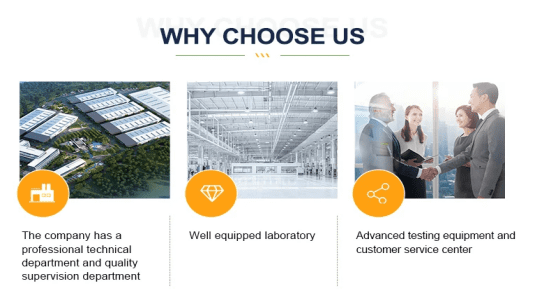
3.2. Silicon Carbide vs. Silicon Nitride
Silicon nitride (Si3N4) excels in toughness and thermal shock resistance, often used in bearings, cutting tools, and custom silicon nitride heat shields. However, silicon nitride crucible factories are niche due to higher production costs. For most melting and heating tasks, silicon carbide remains the go-to for balance of performance and affordability.
3.3. Compared to Alumina and Zirconia
Alumina (Al2O3) and zirconia (ZrO2) crucibles are common in labs, but they lack the thermal conductivity of silicon carbide. Zirconia crucibles are excellent for reactive melts but are brittle. Silicon carbide strikes a sweet spot—robust, conductive, and chemically stable.
4. Beyond Crucibles: The Expanding World of Silicon Carbide Ceramics
Silicon carbide isn’t just for crucibles. Its applications span an astonishing range of advanced ceramic products:
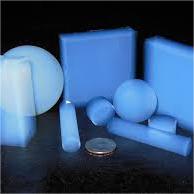
- silicon carbide ceramic tiles for industrial flooring and armor
- rbsic silicon carbide tile blocks and silicon carbide ceramic columns for furnace linings
- silicon carbide ring seals and silicon carbide burner nozzles in combustion systems
- silicon carbide brick and silicon carbide ceramic piping for corrosive environments
- silicon carbide tube and silicon carbide thermocouple protection tubes for high-temp sensing
- silicon carbide ceramic disc taps and silicon carbide grinding discs for precision machining
Even consumer goods are embracing this material: silicon carbide ceramic baking dish, silicon carbide ceramic dinner plates, and silicon carbide ceramic serving bowls are gaining traction for their durability and oven-to-table elegance. Brands like Staub now explore silicon carbide baking dish staub lines for premium cookware.
5. Industrial and Niche Applications
In advanced ceramics manufacturing, silicon carbide components like silicon carbide ceramic tubes for high temperature and silicon carbide porous ceramic tubes are critical in chemical processing and filtration. Meanwhile, silicon carbide mullite tube hybrids offer enhanced thermal stability.
For electronics, silicon carbide piezo ceramic disc and silicon carbide diamond grinding disc for pottery enable ultra-precise fabrication. Even plumbing sees innovation with silicon carbide ceramic plumbing pipe and silicon carbide ceramic tap gland systems designed for longevity.
6. Safety, Sustainability, and Market Trends
Silicon carbide is non-toxic and inert, making silicon carbide ceramic dinnerware safe for food use—unlike some ceramic cookware dangers associated with lead-based glazes. The high purity silicon nitride powder market and high purity aluminum nitride granules market are growing, but silicon carbide remains more accessible for mass applications.
Sustainability is another plus: silicon carbide crucibles last longer, reducing waste in metal foundries. Plus, their energy efficiency in heating processes aligns with green manufacturing goals.
7. How to Select the Right Silicon Carbide Product
When sourcing a silicon carbide crucible or related component, consider:
- Operating temperature and atmosphere (oxidizing vs. inert)
- Required purity level (high-purity for semiconductor use)
- Geometry and customization needs (e.g., custom silicon nitride heat shield vs. standard silicon carbide ring)
- Supplier expertise in advanced ceramic materials
Reputable manufacturers offer everything from standard silicon carbide ceramic plates for dinner to bespoke silicon carbide ceramic casserole dish with lid designs for culinary or lab use.
8. Conclusion
From molten metal handling to elegant tableware, the silicon carbide crucible represents just one facet of a much broader advanced ceramics revolution. With unmatched thermal performance, chemical resilience, and growing versatility across industries, silicon carbide continues to outpace alternatives like boron carbide and even silicon nitride in many applications. Whether you’re in metallurgy, engineering, or home cooking, there’s likely a silicon carbide ceramic solution built for your needs.
Our Website founded on October 17, 2012, is a high-tech enterprise committed to the research and development, production, processing, sales and technical services of ceramic relative materials such as 7. Our products includes but not limited to Boron Carbide Ceramic Products, Boron Nitride Ceramic Products, Silicon Carbide Ceramic Products, Silicon Nitride Ceramic Products, Zirconium Dioxide Ceramic Products, etc. If you are interested, please feel free to contact us.

